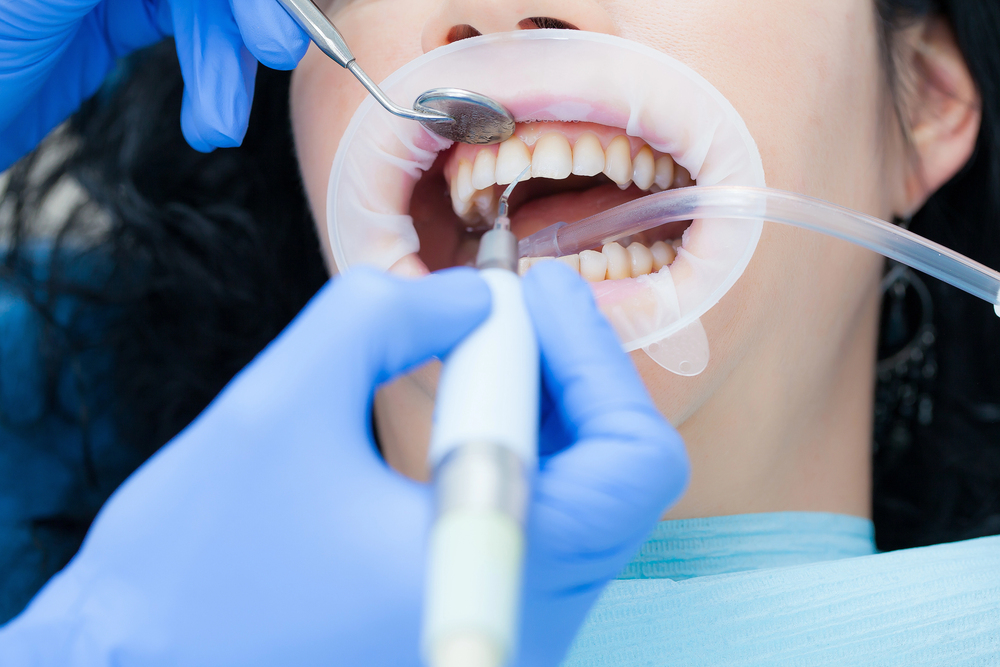Dental clinics play a crucial role in the Australian healthcare system, not only by maintaining and improving oral health but also by contributing significantly to the economy. As the demand for advanced dental treatments like Invisalign grows, so does the need to understand the broader economic aspect of dentistry. This article explores
how dental clinics impact the Australian healthcare system economically, examining the cost implications, contributions to the national economy, and the challenges faced by both providers and patients.
The Role of Dental Clinics in the Healthcare Ecosystem
Dental clinics are integral to the healthcare ecosystem in Australia. They are the first line of defense against oral diseases, which, if left untreated, can lead to more serious health complications, including cardiovascular disease, diabetes, and respiratory infections. By providing preventive care, dental clinics help to reduce the overall burden on the public healthcare system, potentially saving millions in future medical expenses.
The introduction of advanced dental technologies, such as Invisalign, has further enhanced the role of dental clinics. Invisalign, a popular orthodontic treatment, represents a shift towards more patient-centric care, offering a discreet and comfortable alternative to traditional braces. While these innovations improve patient outcomes, they also come with a higher price tag, raising questions about affordability and accessibility.
Economic Contributions of Dental Clinics
The economic aspect of dentistry is multifaceted, encompassing direct contributions to the economy, job creation, and the indirect benefits of maintaining a healthy population. In Australia, the dental industry is a significant contributor to the economy. According to recent data, the dental services industry in Australia generated over AUD 11 billion in revenue in 2022, with a growth rate of approximately 2.5% per annum.
This industry supports a wide range of jobs, from dentists and dental hygienists to administrative staff and technicians. The demand for advanced treatments like Invisalign has also spurred growth in related industries, such as dental technology and manufacturing. Moreover, the rise of dental tourism—where Australians travel abroad for cheaper dental procedures—has prompted local clinics to enhance their services and pricing models to remain competitive.
Cost Implications for Patients and the Healthcare System
One of the significant challenges in the economic aspect of dentistry is the cost of dental care. While public dental services are available, they are often limited and come with long waiting times. As a result, many Australians rely on private dental clinics, where the costs can be prohibitive for some, particularly for advanced treatments like Invisalign.
The high cost of dental care has broader economic implications. It can lead to delayed treatment, exacerbating oral health issues and resulting in more expensive interventions down the line. This not only affects the individual patient but also places additional strain on the public healthcare system. For example, untreated dental problems can lead to emergency room visits, which are far more costly than preventive dental care.
Moreover, the out-of-pocket expenses for dental care contribute to health inequality, with low-income individuals and families less likely to afford necessary treatments. This disparity highlights the need for more comprehensive dental coverage under Australia’s Medicare system, which currently offers limited dental benefits.
The Economic Impact of Invisalign and Advanced Dental Treatments
Invisalign has revolutionized orthodontic care, offering an alternative to traditional metal braces. However, the economic aspect of dentistry associated with Invisalign reflects a broader trend in the healthcare industry: the increasing cost of advanced, patient-centric treatments.
Invisalign treatment costs in Australia can range from AUD 4,500 to AUD 9,000, depending on the complexity of the case. While this cost is comparable to traditional braces, it is still a significant expense for many patients. For dental clinics, offering Invisalign can be lucrative, as it attracts a demographic willing to pay a premium for the convenience and aesthetics of clear aligners.
However, this also raises questions about accessibility and affordability. While some health insurance plans may cover a portion of the cost, many patients still face substantial out-of-pocket expenses. This financial barrier can deter patients from seeking treatment, which has long-term implications for their oral health and overall well-being.
Challenges and Opportunities for Dental Clinics
The economic landscape for dental clinics in Australia is shaped by both challenges and opportunities. On one hand, the rising cost of dental care and the growing demand for advanced treatments like Invisalign present financial challenges for both providers and patients. Dental clinics must navigate these challenges while ensuring that they remain profitable and competitive.
On the other hand, there are significant opportunities for growth. The aging population in Australia is driving demand for dental services, as older adults require more extensive dental care. Additionally, the increasing awareness of oral health and its connection to overall health is encouraging more people to seek regular dental care, creating a steady stream of patients for clinics.
Furthermore, advancements in dental technology, such as digital dentistry and telehealth, are opening new avenues for clinics to improve efficiency and reduce costs. By adopting these technologies, clinics can offer more affordable services, attracting a broader patient base and ultimately contributing to the overall economic health of the sector.
The economic impact of dental clinics on the Australian healthcare system is substantial, encompassing both direct contributions to the economy and indirect benefits through improved public health. While the high cost of treatments like Invisalign highlights the challenges within the economic aspect of dentistry, there are also significant opportunities for growth and innovation. As the dental industry continues to evolve, it will play an increasingly important role in both the healthcare system and the broader economy. By addressing the cost challenges and embracing new technologies, dental clinics can continue to thrive and contribute positively to Australia’s economic and public health landscape.







